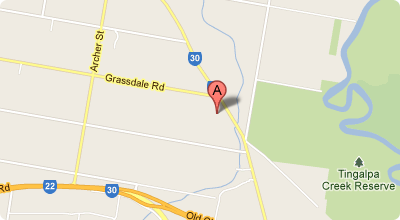Grasses or more technically graminoids, are monocotyledonous usually herbaceous plants with narrow leaves from the base. They include the “true grasses” of the Poaceae (or Gramineae) family, as well as the sedges (Cyperaceae) and the rushes (Juncaceae). The true grasses include cereals, bamboo and the grasses of lawns (turf). True grasses, sedges ruches also form pasture for livestock: a few sedges are used directly as food, such as water chestnut (Eleocharis dulcis), or paper: the papyrus sedge (Cyperus papyrus). Grasses have adapted to conditions in lush rain forests, dry deserts, cold mountains and even intertidal habitats, and are now the most widespread plant type, grass is valuable source of food and energy for all sort of wildlife and organics.
Graminoids are the dominant vegetation in many habitats, including grasslands, salt-marsh, reed swamp and steppes. They also occur as a smaller part of the vegetation in almost every other terrestrial habitat. There are some 3500 species of graminoides.






